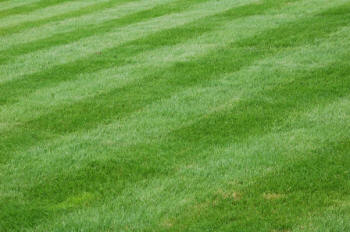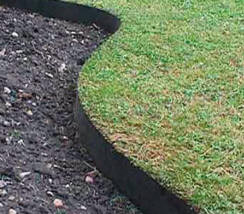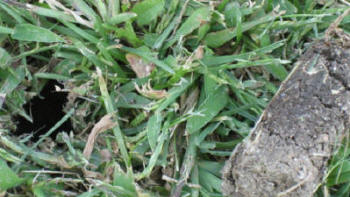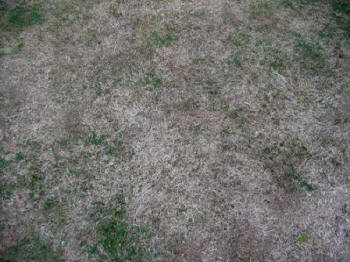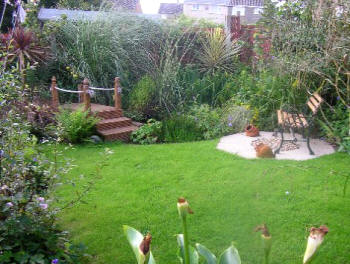Moles in your Lawn and Garden
Moles are one of the most frustrating of all garden and lawn pests! They are rarely seen, but can cause absolute mayhem. The damage they do to plants is minimal, but if you are unfortunate enough to have moles in your garden, they will cause you more angst than an infestation of aphids! The main problem being, that they are so difficult to get rid of, and you normally see the damage they do, before you realize that you have a mole or so!
Cute little things they might be, but if your lawn is your pride an joy, or if it is just a nice lawn to sit and relax, the molehill trademark will soon turn you against them! One mole can wreak havoc in the garden, but a few and you have a potential disaster.
Whereas the molehill problem is normally associated with lawns, moles can also be a nuisance in the vegetable garden, though not so much in
other parts of the garden.
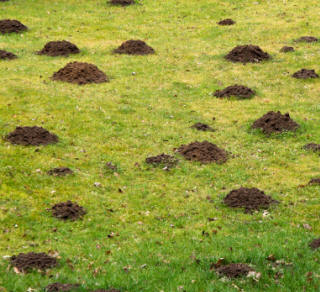
Molehills on your Grass
The dreaded runs of molehills can happen overnight, though often they will be visible in an adjoining property or farmland. The molehills are
the excavated soil that is dragged along their tunnels and heaped somewhat tidily on the surface of lawn or garden.
You may even be lucky (?) enough to see movement in one of the heaps, as the moles bring
yet more soil to the surface. Hard to believe that their foraging and hard work below ground is for the main purpose of finding juicy earthworms their main food!
Moles are often accused of eating bulbs and the like. Not so, though they might well displace any bulb that is in the way of their tunneling
pursuit. They are strict carnivores and not in the least interested in vegetable matter. Earthworms and all manner of sub-terrestrial grubs and
maggots are their diet.
Moles are an all-year-round pest, but seem to be particularly active
in late winter and early spring. (The ground is normally reasonably moist and easier to dig, and the maggot population below ground more plentiful at these times of the year.)
Strangely enough, the main damage by moles is aesthetic. You may lose the odd plant a rarity but otherwise it is just those dreaded heaps of fine
soil. There will be tunnels of course that will eventually collapse under your lawn, leaving you an uneven surface to attend to.
They will also deprive your garden of earthworms, but they will soon regenerate.
On the bright side, the little heaps of soil will be free of any underground grubs or maggots, so ideal for using in your home made compost. You might also be advised to save the soil for top dressing the hollows in a few months! Do this before it rains, or you will end up
with a soggy mole pat!
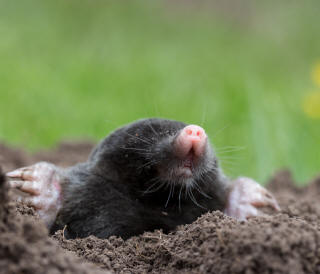
A Mole emerging from a Molehill
We know of no satisfactory chemical control. Trapping is the best way to get rid of them and you will probably find a local pest control person/firm who will sort out your problem on a 'no success-no payment' deal!
If you are up for it, the moles can be killed by the use of Mole Traps which are similar to mouse traps, so be prepared to see the little cuties crushed. Not a pretty sight.
The traps are easy enough to use, but require a little bit of detective work by way of locating the actual tunnel runs. This is normally done by removing the soil heaps, and probing with a bamboo cane or stiff wire.
A DIY method that has been known to work is to put a hose pipe into a tunnel and leave it running for an hour or so. The mole will probably
have to come to the surface - where it can be dispatched!!!! You may have to try this in several tunnel entrances. The mole will have a
'main' tunnel that it uses frequently - a sort of M25!




